
Volunteers
Columbia Astronomy Public Outreach is made possible by the efforts of numerous volunteers from within the department. These volunteers spend their spare time organizing and participating in our events. They include graduate and undergraduate students, professors, research scientists, and post-doctoral fellows. The list below is incomplete for there are many others who have contributed to bringing astronomy to the people of New York. |
Marcel AgüerosMarcel Agüeros is currently a National Science Foundation Astronomy and Astrophysics Post-doctoral Fellow in the Astrophysics Laboratory of Columbia University. Marcel earned his M.S. and Ph.D. in astronomy at the University of Washington in Seattle. Marcel's research interests are in stellar astronomy, and in particular neutron stars and other by-products of stellar death. Marcel is also invested in education and diversity issues. As an undergrad, he was certified to teach high school physics, and since then, he has taught and/or worked in classrooms at every level from elementary to adult. Marcel has also worked extensively on increasing the numbers of women and underrepresented minorities in the sciences. |
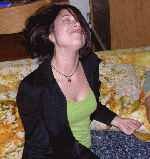 |
Lia CorralesLia saw first light on September 4, 1984 in sunny San Diego, CA. She grew up with an addiction to Discovery Channel space documentaries, thinking about black holes, and dancing. Eventually she moved to Harvey Mudd College and graduated in 2006 with the awkwardly titled B.S. in Physics. She then worked at Astrocamp, a science camp that focused on hands-on and experiential learning. The black hole habit never lost its grip, so now Lia is at Columbia University. |
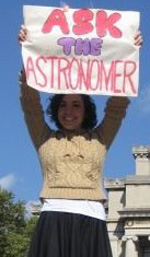 |
Erika HamdenErika is a third-year Doctoral Candidate in Astronomy at Columbia University. She went to Harvard College for undergrad, getting a degree in Astronomy. Her research interests are in Galaxies, Patterns, and Instrumentation. In between college and grad school, she moved to London to go to Le Cordon Bleu culinary school. She then worked as a chef in her hometown in New Jersey. She receives an unusually amount of flack for her love of her home state. Outside of school, she spends a lot of time cooking, going to the Opera, and visiting New Jersey. |
 |
Cameron HummelsIn addition to being a fifth-year PhD student at Columbia University, Cameron is the NASA IYA Student Ambassador to New York State. Cameron's research consists of using computer simulations and observations of the sky in order to better understand how galaxies form. He is also interested in our nearest neighbor, the Moon, and how it has changed over the last few billion years. Cameron loves bringing science to the public through lectures, star-gazing, and outreach activities. He one day hopes to become an astronaut. Outside of astronomy, Cameron enjoys running, cycling, hiking, languages, mustard and guitar hero. |
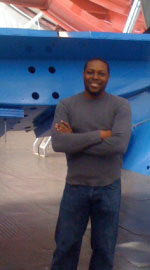 |
Duane LeeDuane is a third-year astronomy graduate student from Pittsfield, Massachusetts whose research interests include emission-line galaxies, the neutral hydrogen content and morphology in galaxy groups, and most recently, nuclear star clusters and their relationships with massive black holes. |
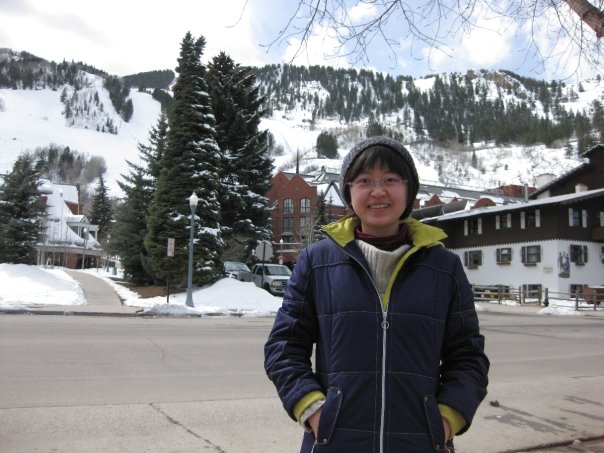 |
Yuan LiYuan is a second-year graduate student and is studying extreme star forming galaxies and their evolution through cosmic time. |
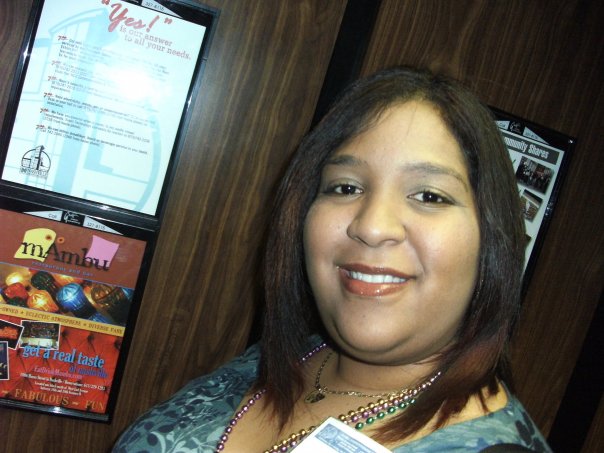 |
Nitza SantiagoNitza earned a B.S. in Physics and Electronics from the University of Puerto Rico in Humacao (UPRH). She currently works with Professor Mary Putman in the Astronomy Department and is studying star formation in isolated HII regions. Originally from Patillas, Puerto Rico, Nitza conducted research as an undergraduate with Professor Juan Cersosimo looking at the galactic warp of the Milky Way. She also worked at the Astronomical Observatory at UPRH creating activities for the general public using optical telescopes. She spent last summer at Yale University where under the mentorship of Professor Héctor Arce she examined stars in the background of a star-forming molecular clouds. Nitza intends to obtain a Ph.D. in Astrophysics. Her research interests include radio observations of galaxies, galactic structure, and star formati |
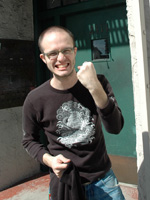 |
Destry SaulDestry is currently a third-year doctoral candidate in the Department of Astronomy at Columbia University. He recently graduated from the University of California, Berkeley with a B.A. in Astrophysics, Physics, and Theater and Performance Studies. He is interested in cutting-edge radio astronomy. Outside of academia, Destry enjoys cycling, playing the mandolin, and gardening. He is a (very) part-time lighting designer for theater and dance performances. |
 |
Neil ZimmermanNeil is a PhD student in the Columbia Department of Astronomy. He works on developing new optical techniques to uncover extrasolar planets buried in starlight. His public outreach activities include the Friday Stargazing Nights, the Harlem Sidewalk Astronomy project, Rooftop Variables, and Family Astro. |
Pupin Physics Laboratory and Rutherfurd Observatory
The historic Rutherfurd Observatory resides on the top of Columbia University's Pupin Physics Laboratory housing the university's astronomy and physics departments. It was here in Pupin that the atom was first split in the United States on January 25, 1939 by Enrico Fermi. It was also one of the original laboratories of the Manhattan Project, the secret project to develop the first nuclear weapon during World War II. More recently, astronomical research at the observatory has been curtailed by the advent of light pollution; nevertheless, it is still one of the best places in Manhattan to view the stars.
Telescopes
Our department has several telescopes for use at our outreach events. We have an assortment of portable Orion Dobsonian Reflectors (6", 8" and 12" apertures). In our little dome, we have a Celestron Schmidt-Cassegrain with an 11" aperture. Our big dome once housed a 14" reflector, but because of mechanical problems, it was sold to a museum in South Carolina. Now we are left with a similarly powerful 14" Meade Schmidt-Cassegrain but due to differences in telescope designs, it seems dwarfed by the large dome that houses it. Unfortunately, it has been having mechanical issues for the last 4 months (it is only 6 months old), but we hope to have this fixed soon.
Home | Directions | Calendar | Events | Past Events | Weather | Multimedia | Resources | Press | About Us | Contact
Last Updated: Sept. 15, 2009